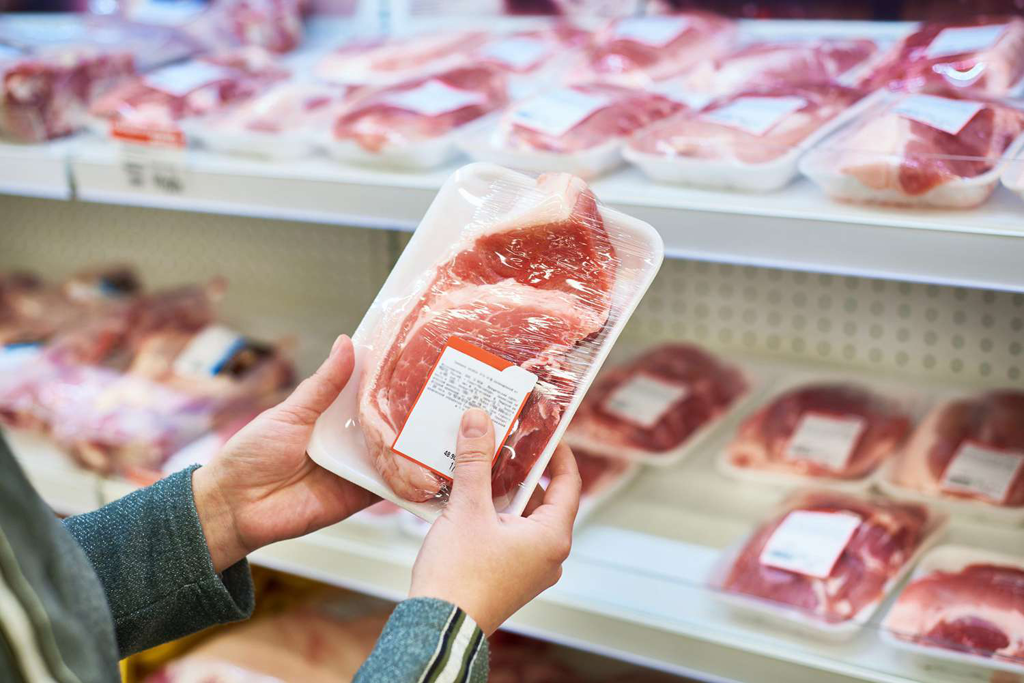MarketWatch
The numbers: Consumer spending fell 0.2% at the end of 2022, indicating the U.S. economy entered the new year with fading growth prospects and rising odds of recession.
Analysts polled by The Wall Street Journal had forecast a 0.1% decline.
Incomes rose 0.2% last month, the government said Friday, a bit faster than the rate of inflation.
Key details: Americans spent less on gasoline in December after prices at the pump fell again. They also bought fewer new cars and trucks.
While they purchased fewer goods last month, consumers spent more for services. Yet most of the money went to housing, medical care and transportation — necessities that Americans would prefer to spend less on.
The U.S. savings rate rate, meanwhile, rose to 3.4% from 2.9% in the prior month. Savings had fallen late last year to the second lowest level on record going back to 1959.
Households have dipped into their savings to support their spending habits because of high inflation. The so-called PCE price index is up 5% in the past year. And the better known consumer price index has risen 6.5% in the same span.
Although inflation is slowing, prices are still rising faster than worker pay.
Big picture: Consumer spending, the main engine of the economy, sputtered toward the end of the year. Outlays also declined in November.
High inflation ate into Americans’ budgets and rising interest rates made it more expensive to buy a car, home or other big-ticket items.
Spending is unlikely to accelerate rapidly anytime soon, leaving the economy with weaker growth propects in 2023.
The saving grace is a still-strong labor market that’s kept most Americans working — and earning a paycheck.
Looking ahead: “A number of indicators are flashing red lights that a recession may be upon us,” said chief economist Bill Adams of Comerica. But “more data is needed to determine whether the economy has definitively reached a turning point.”














